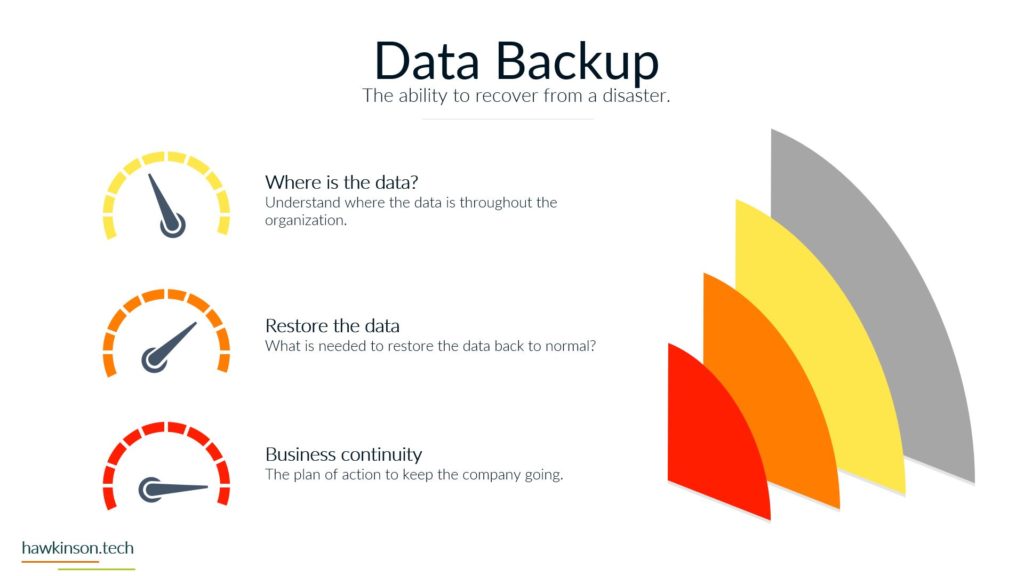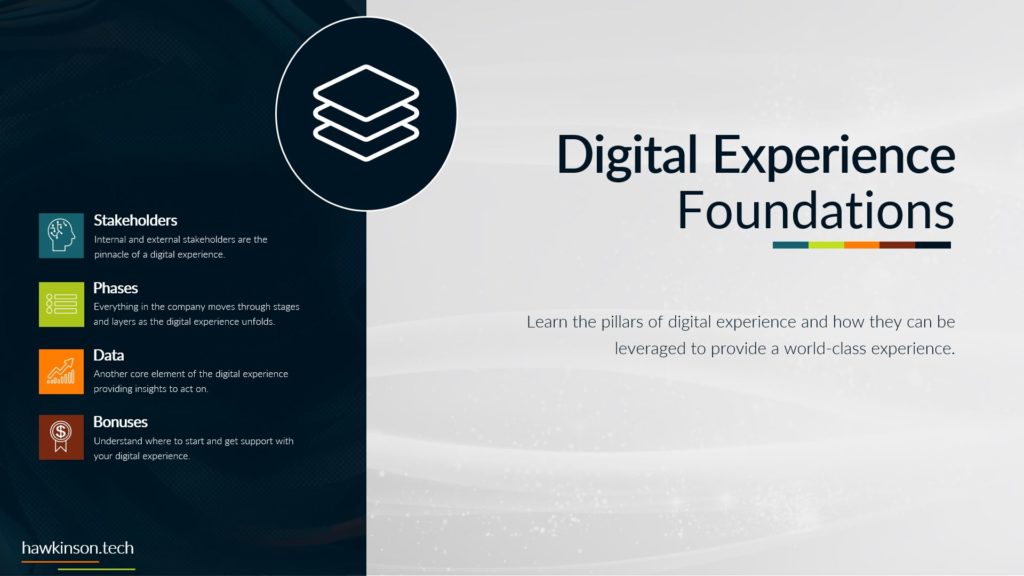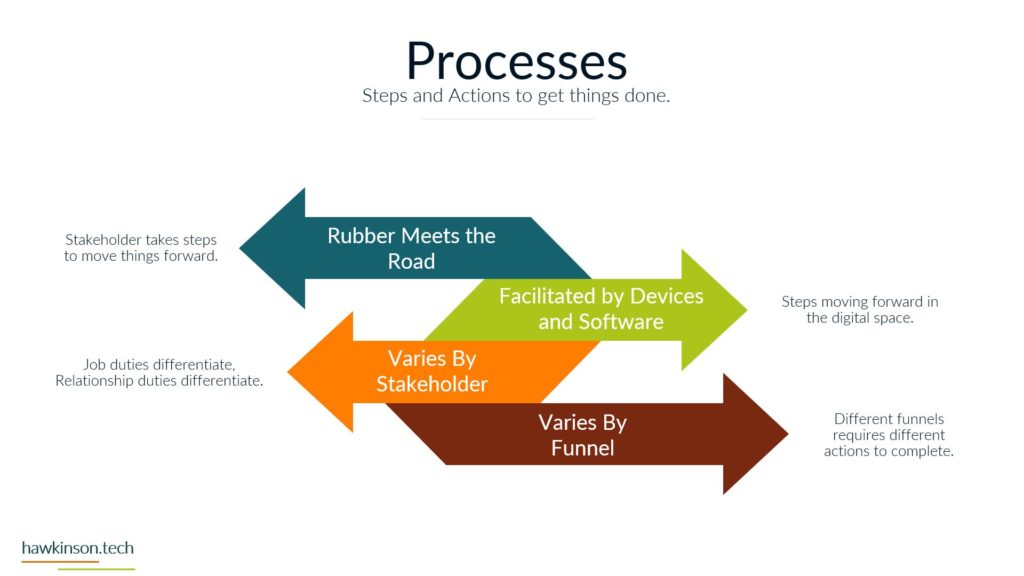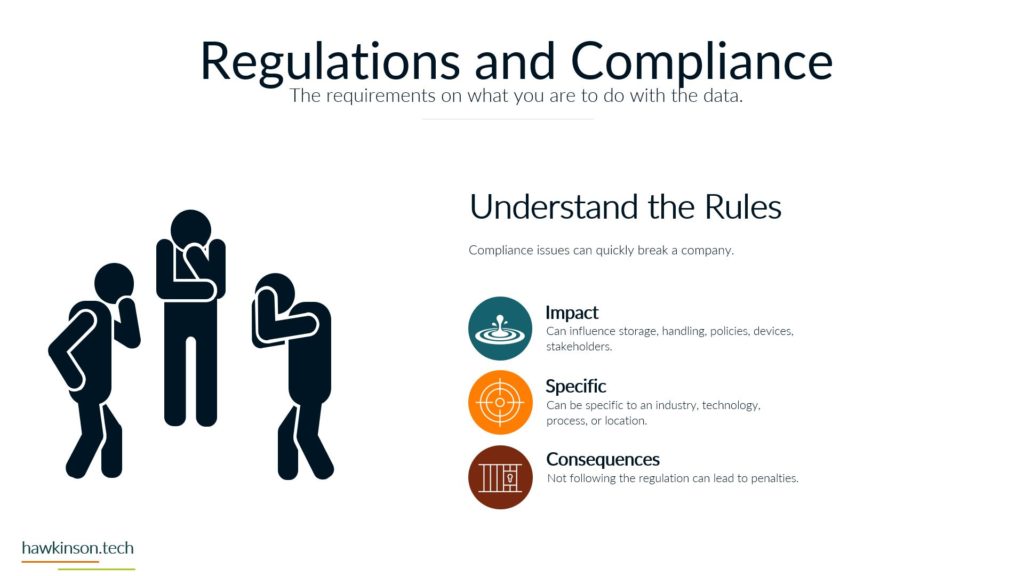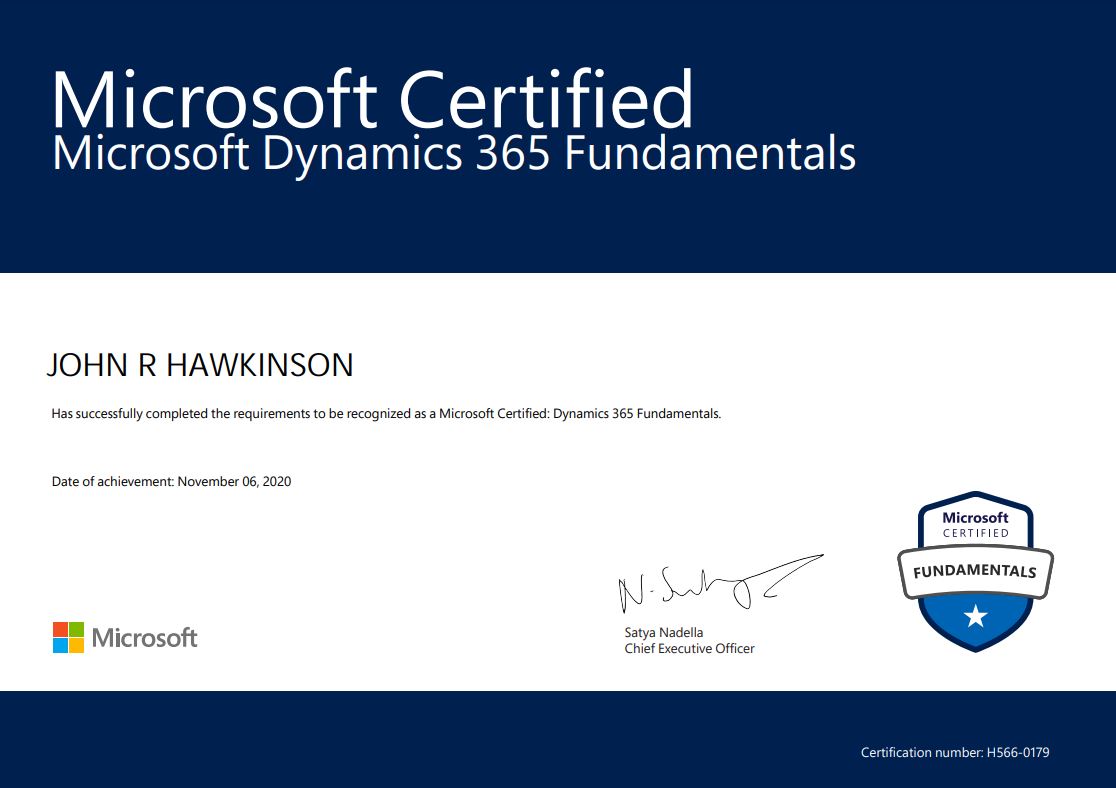Webflow is the perfect solution for those who wish to have more control over the aesthetics of their website. Without writing a line of code, Webflow’s extensive customization features help you create the precise appearance and feel you desire for your online business, gallery, or personal blog. Despite not being the most affordable or user-friendly platform, it excels in terms of design.
Key Features
Customizable
Webflow lives up to the customizable promises that most website builders make. It is recognized for being extremely configurable, making it a fantastic choice for creatives, high achievers, or anyone incredibly meticulous or design-oriented.
Templates
If you don’t want to create everything from the beginning, Webflow has dozens of templates you can use. E-commerce, private, and business templates are all available, and you can modify them to your requirements. You can select 40 free templates out of over 100 options available in Webflow.
Effective Security
Webflow handles backups and privacy extremely carefully. It includes a free SSL certificate and offers automatic backups so you may restore your website to the most recent backup. This enhances site security and convinces users that they can rely on your site when it comes to protecting their sensitive data.
Merging of Instagram and Facebook
Webflow can sync with Instagram and Facebook stores. This enables cross-selling across your site and social media platforms while allowing you to run more intelligent marketing strategies.













